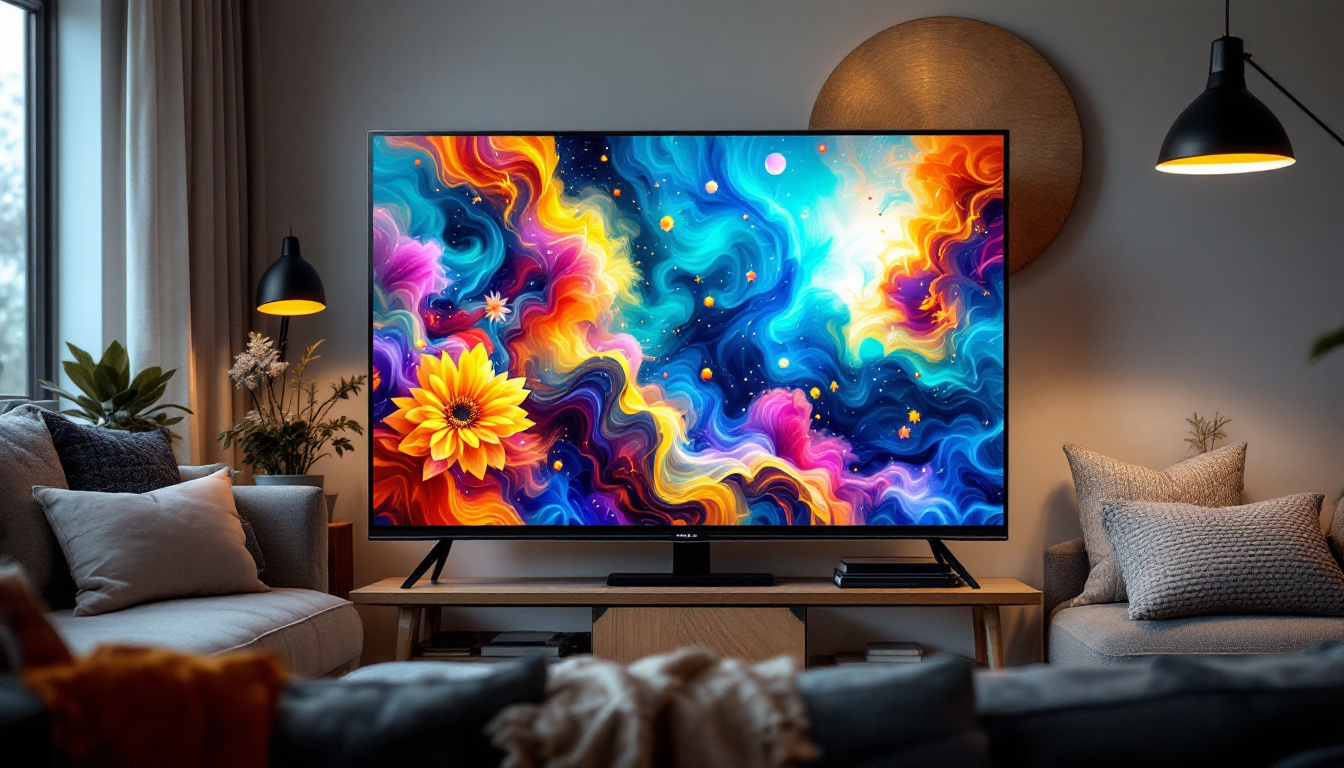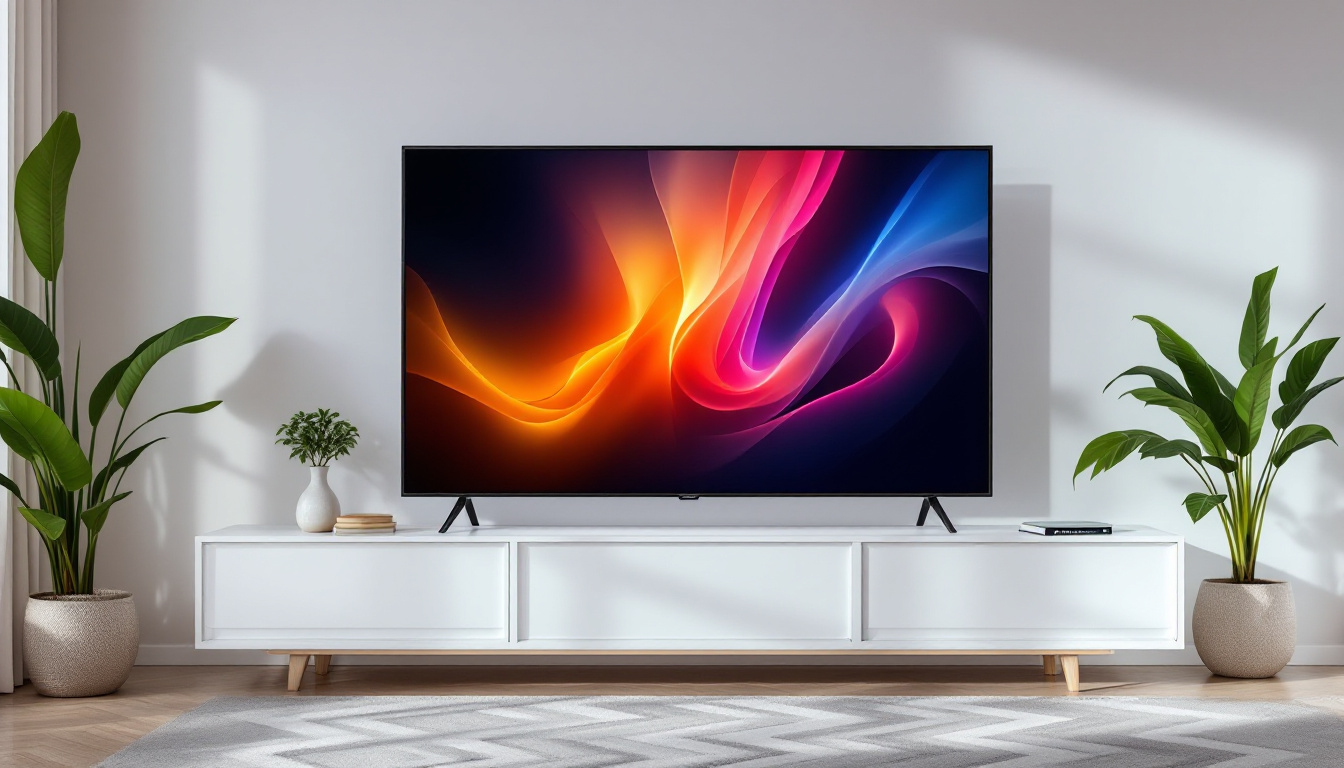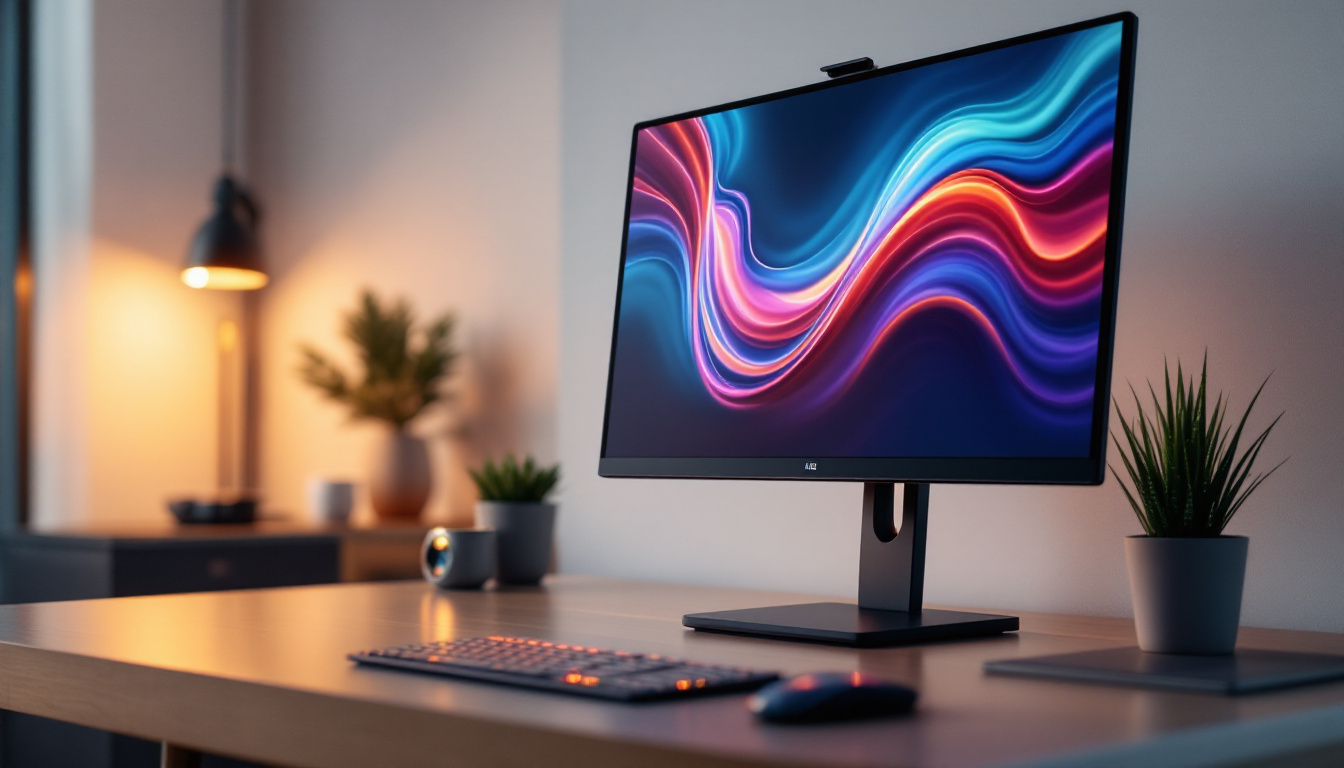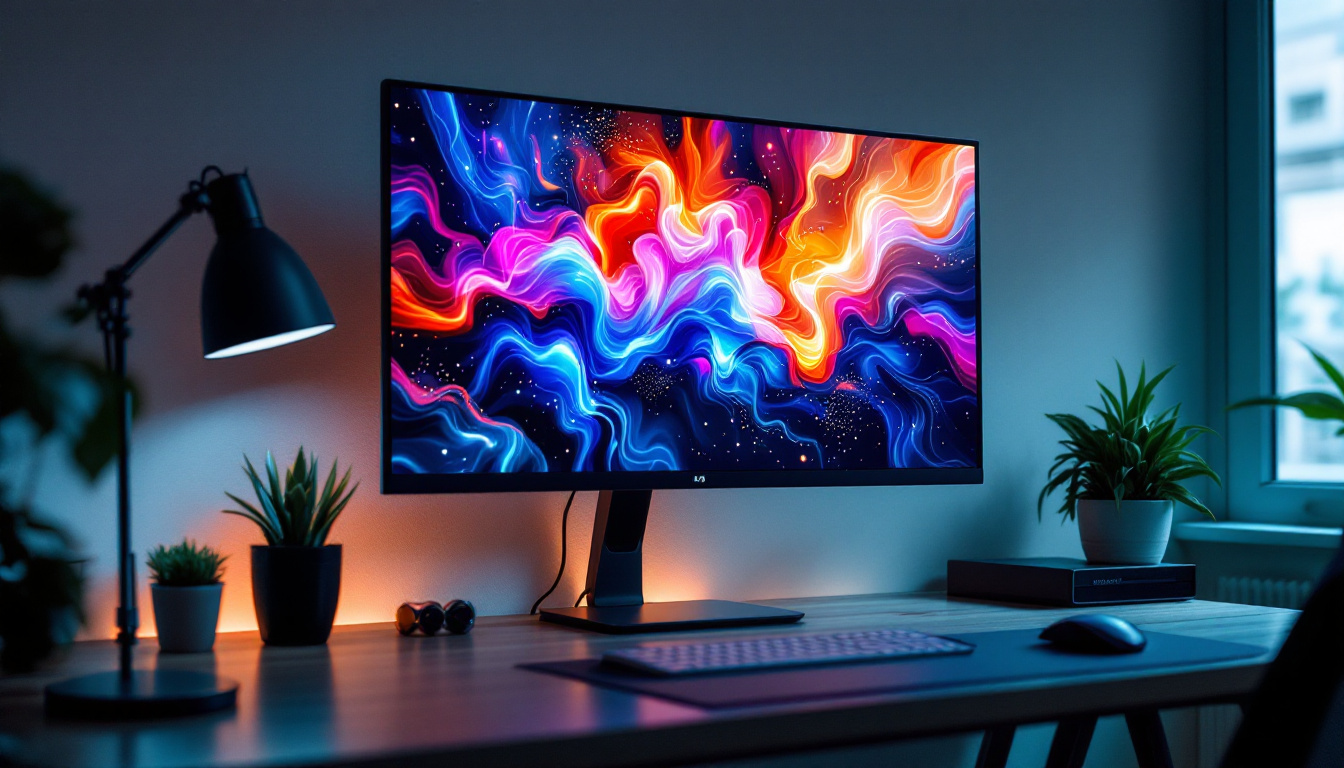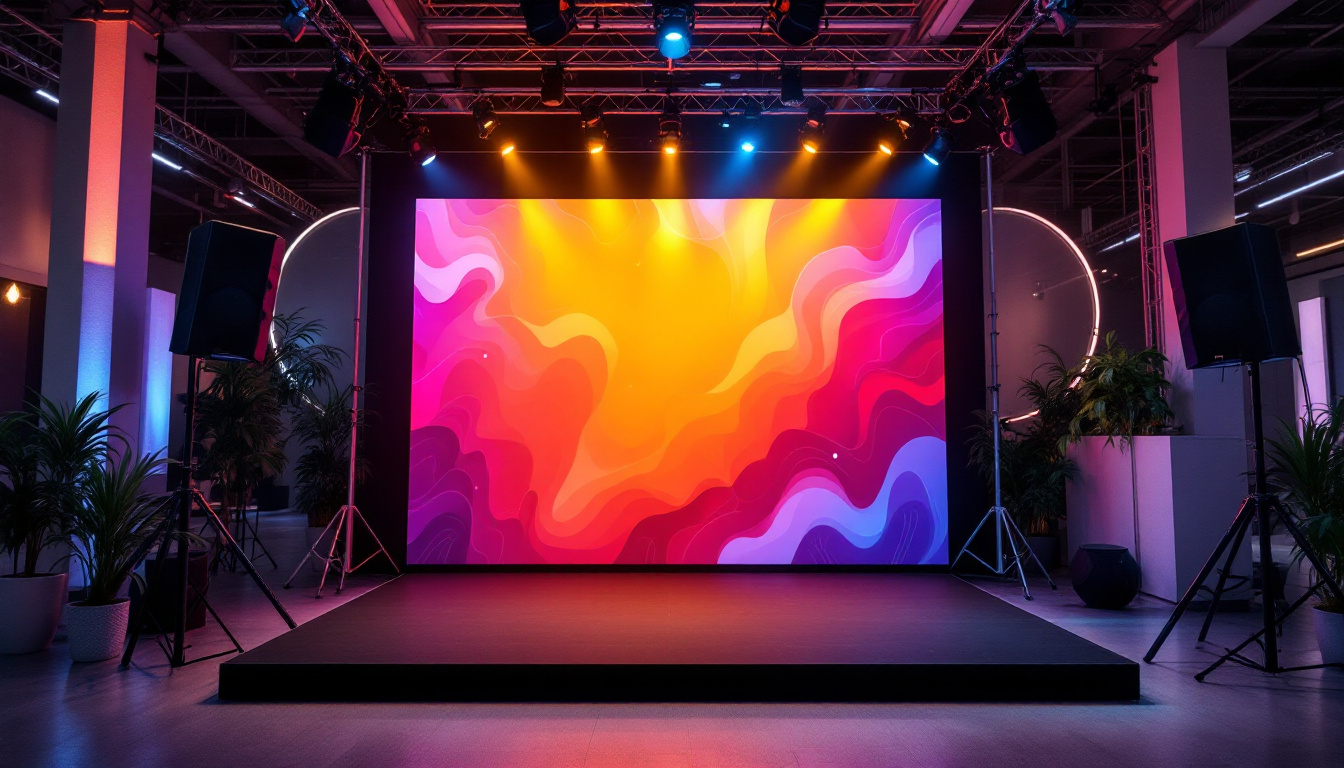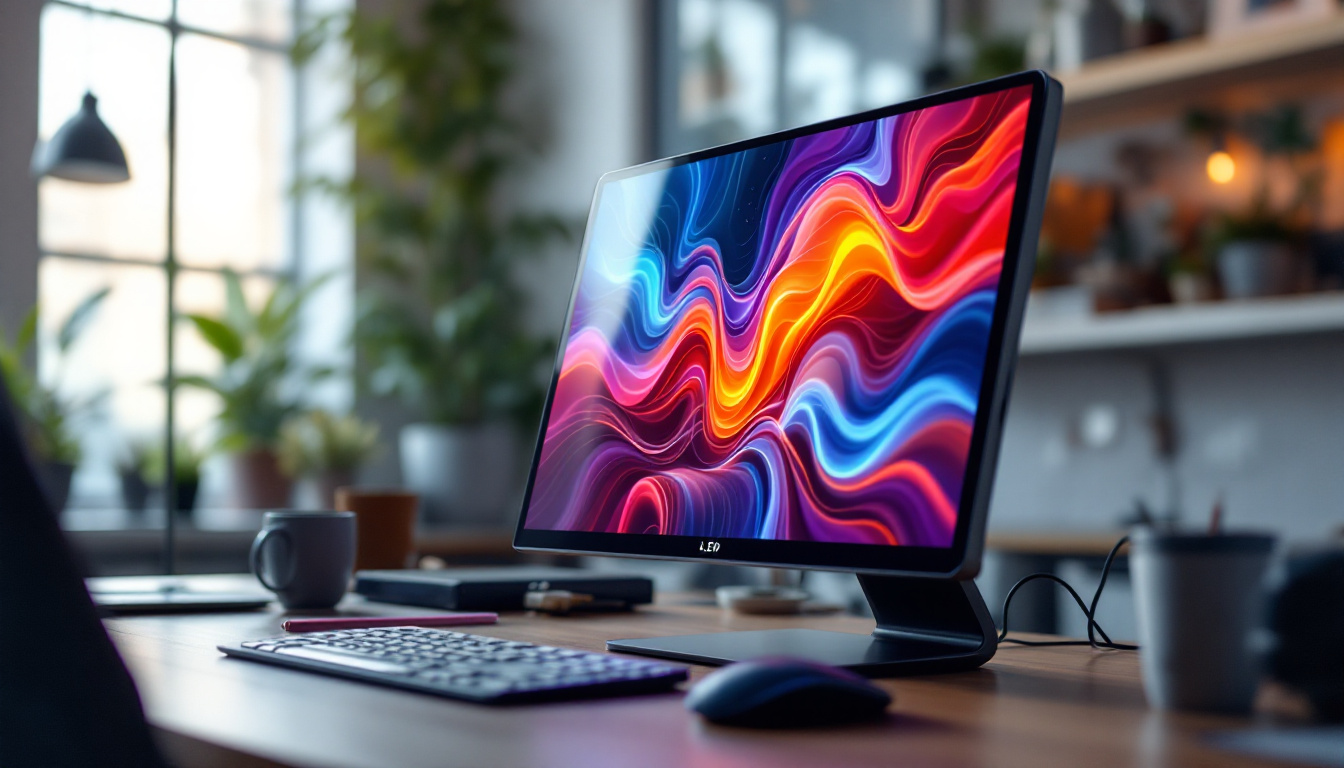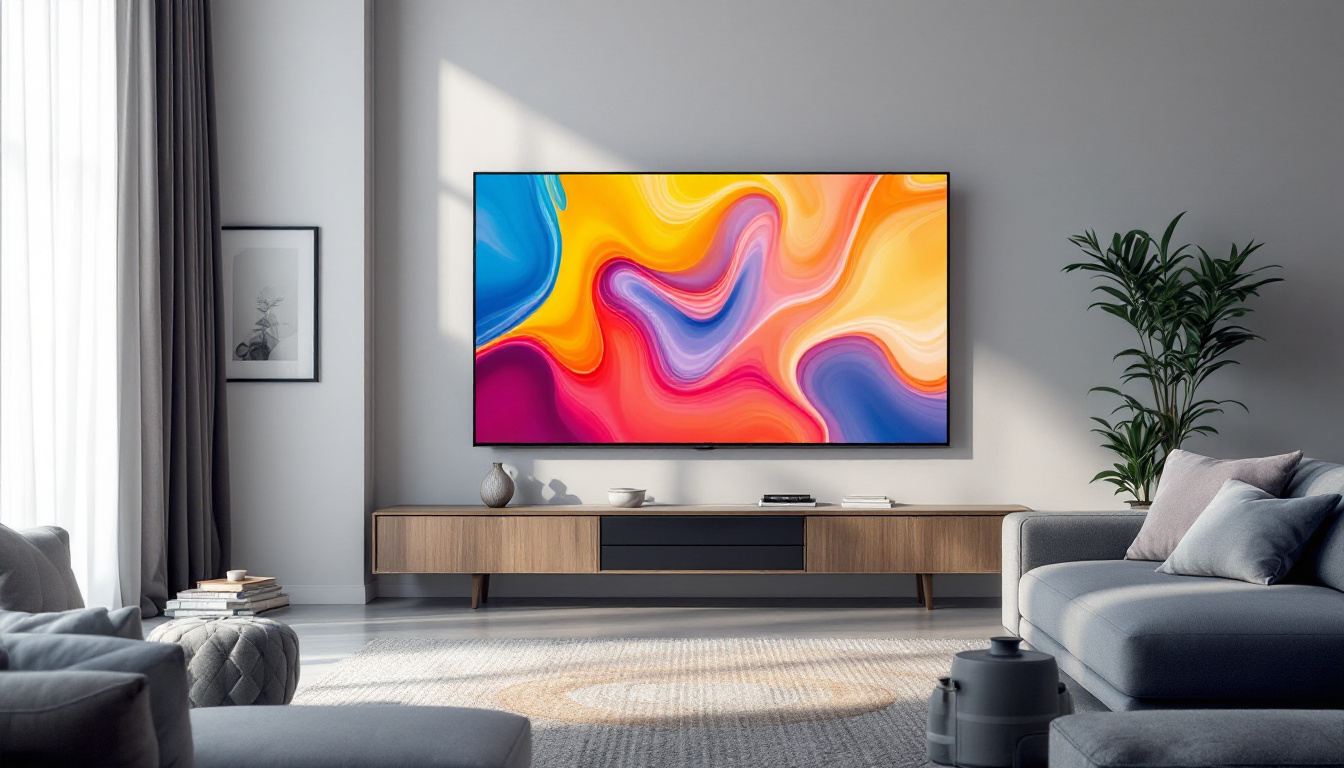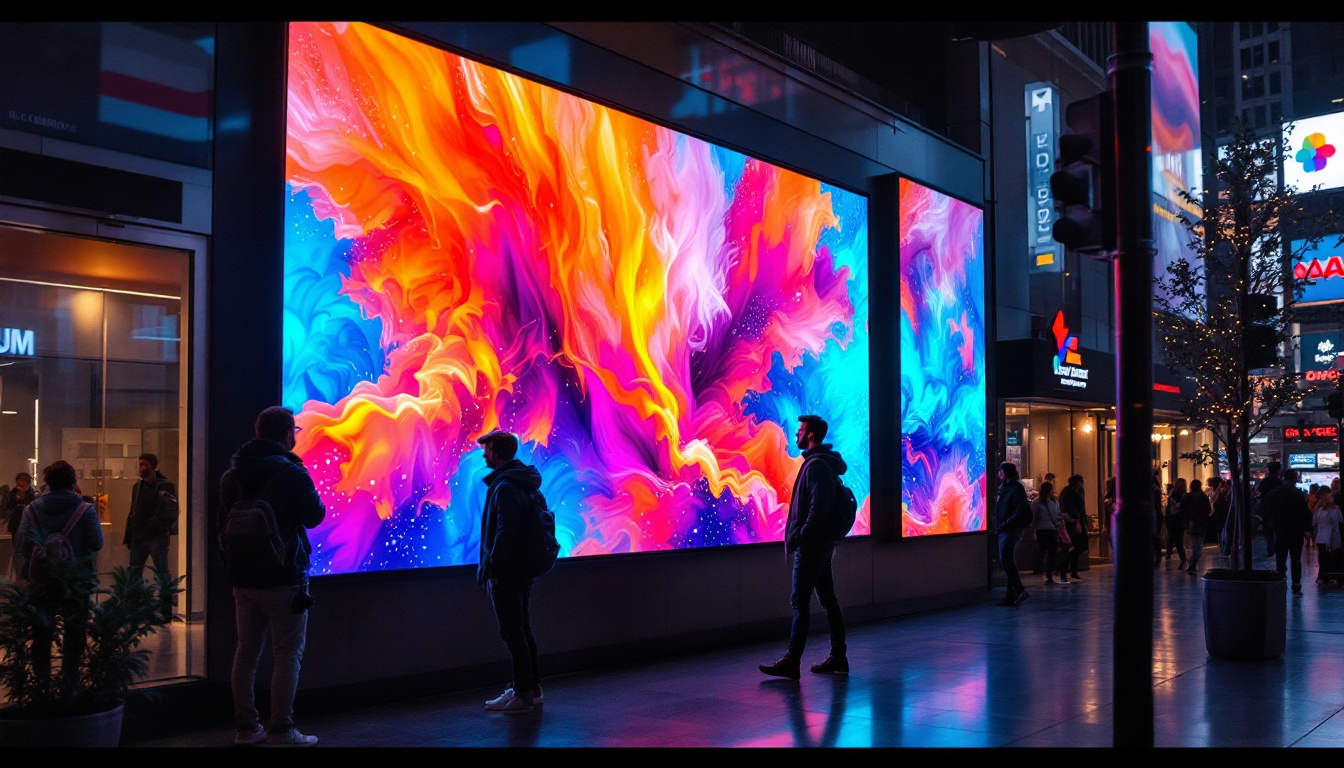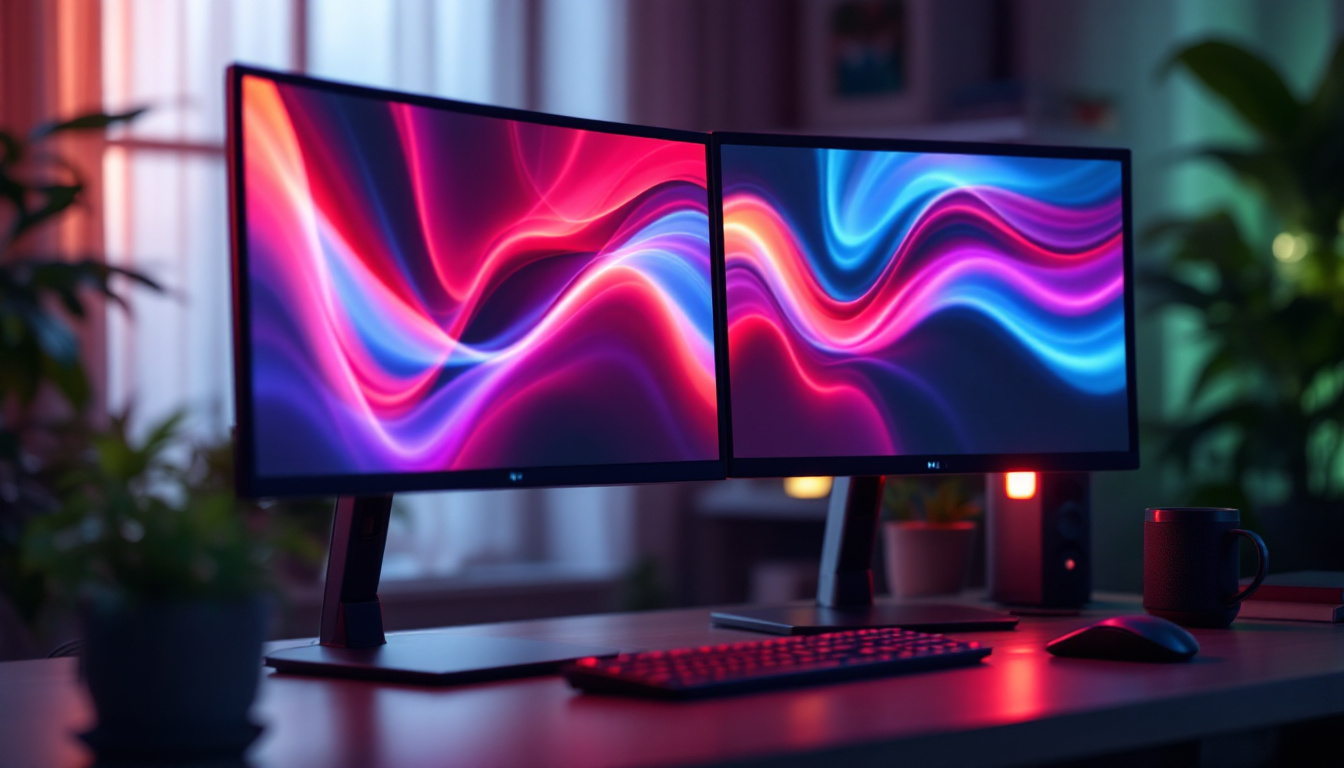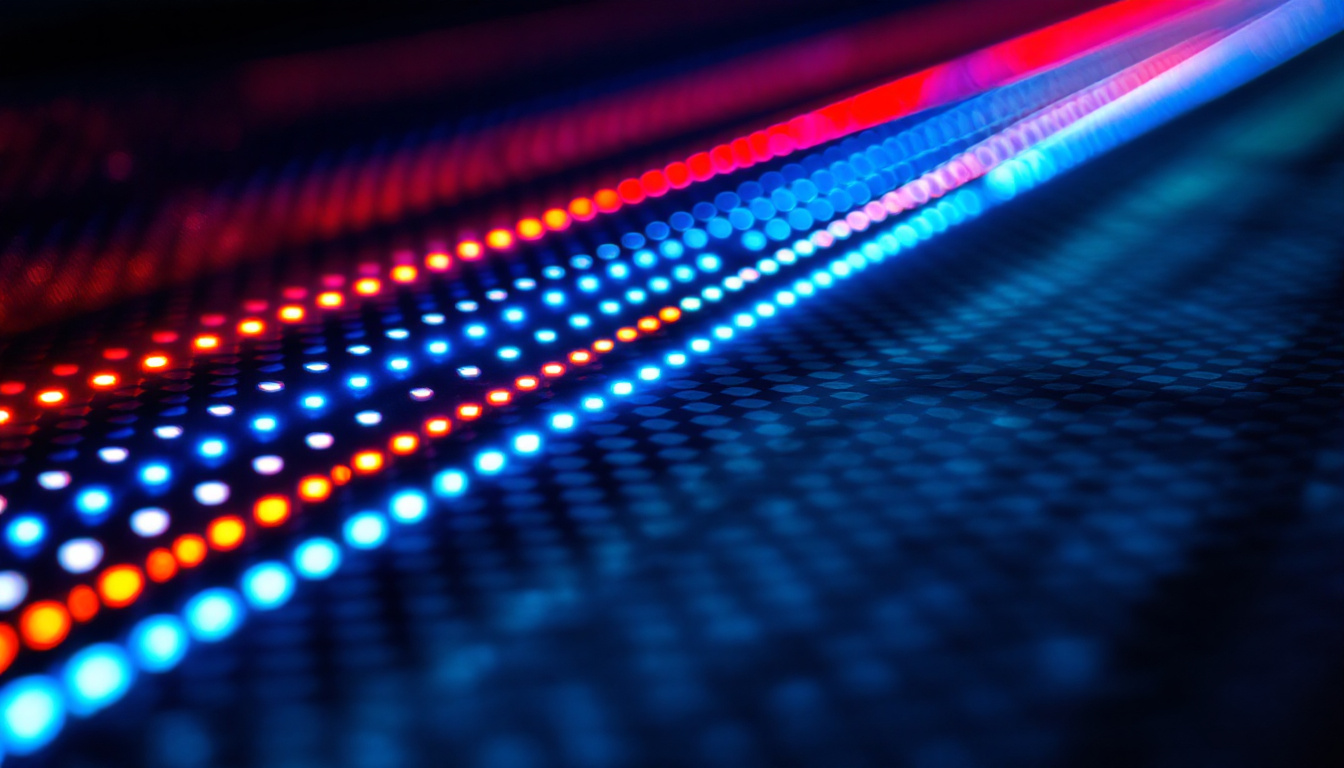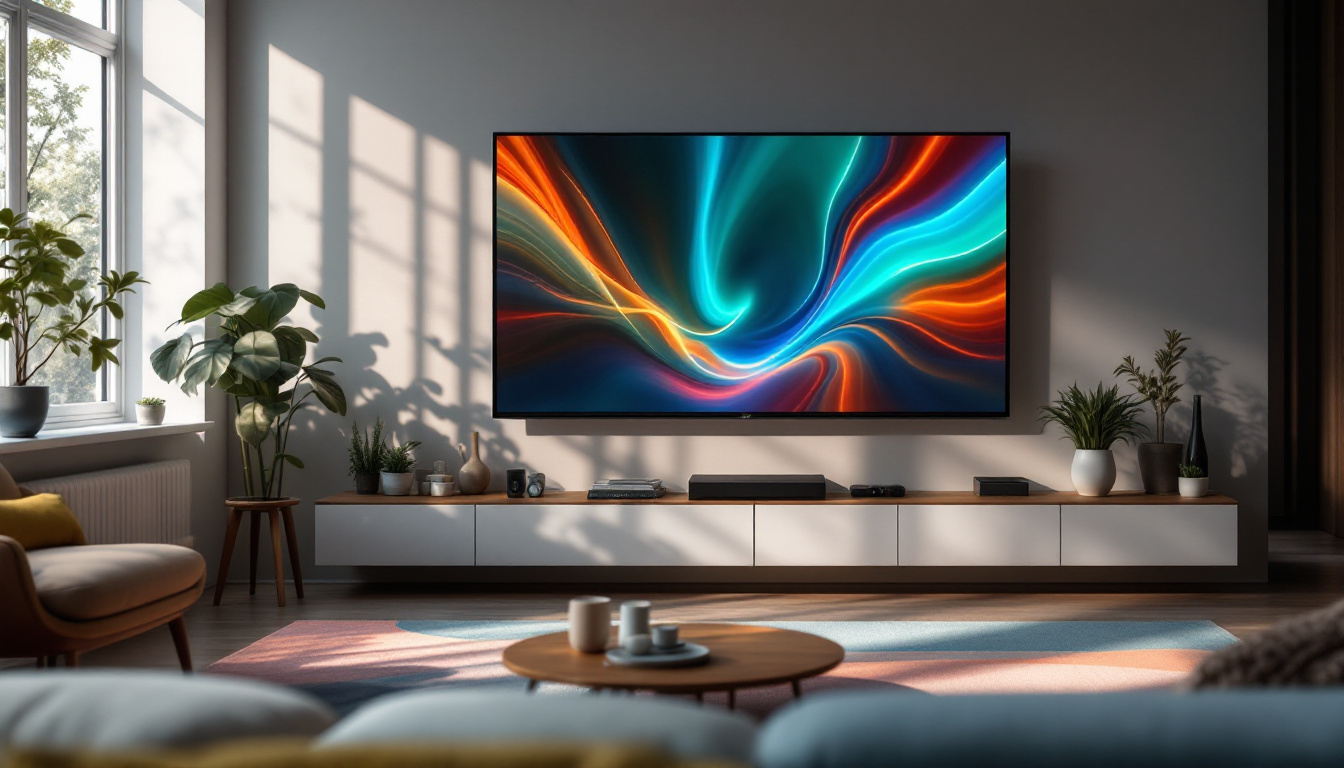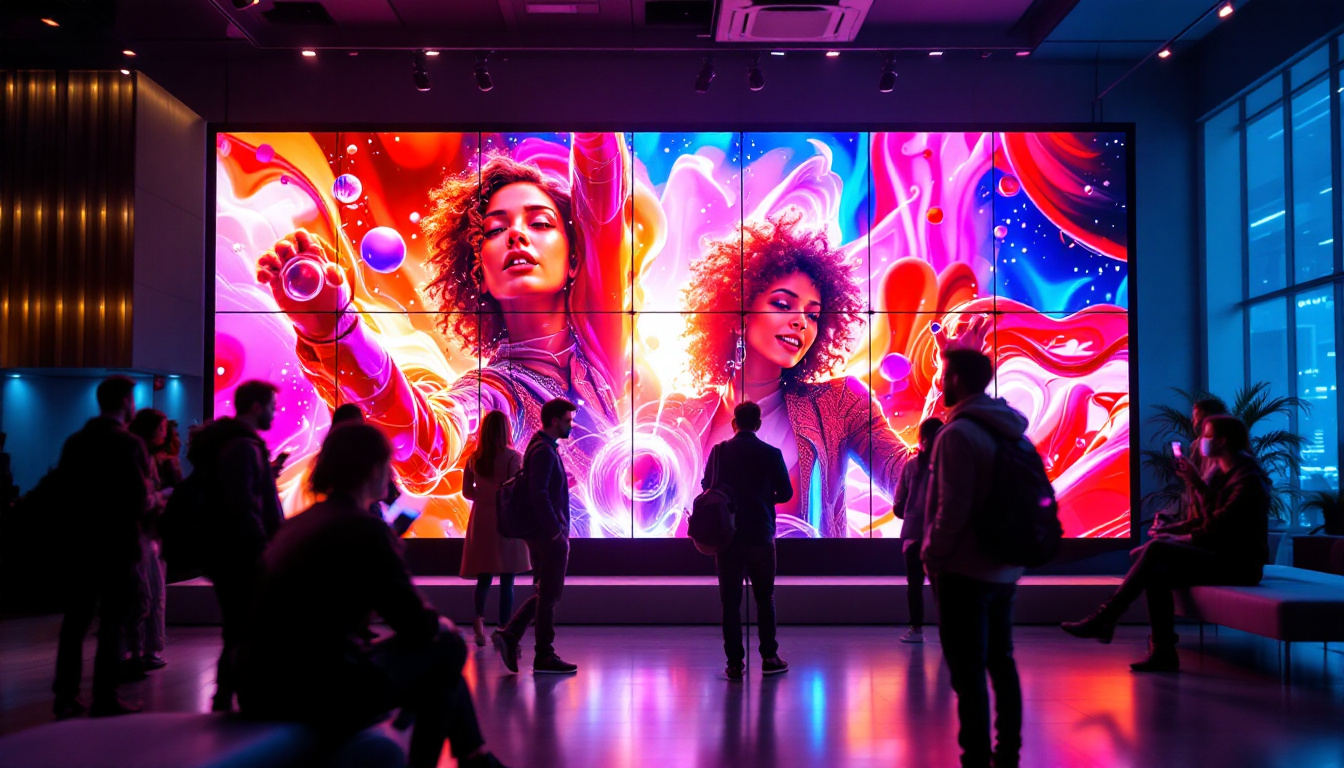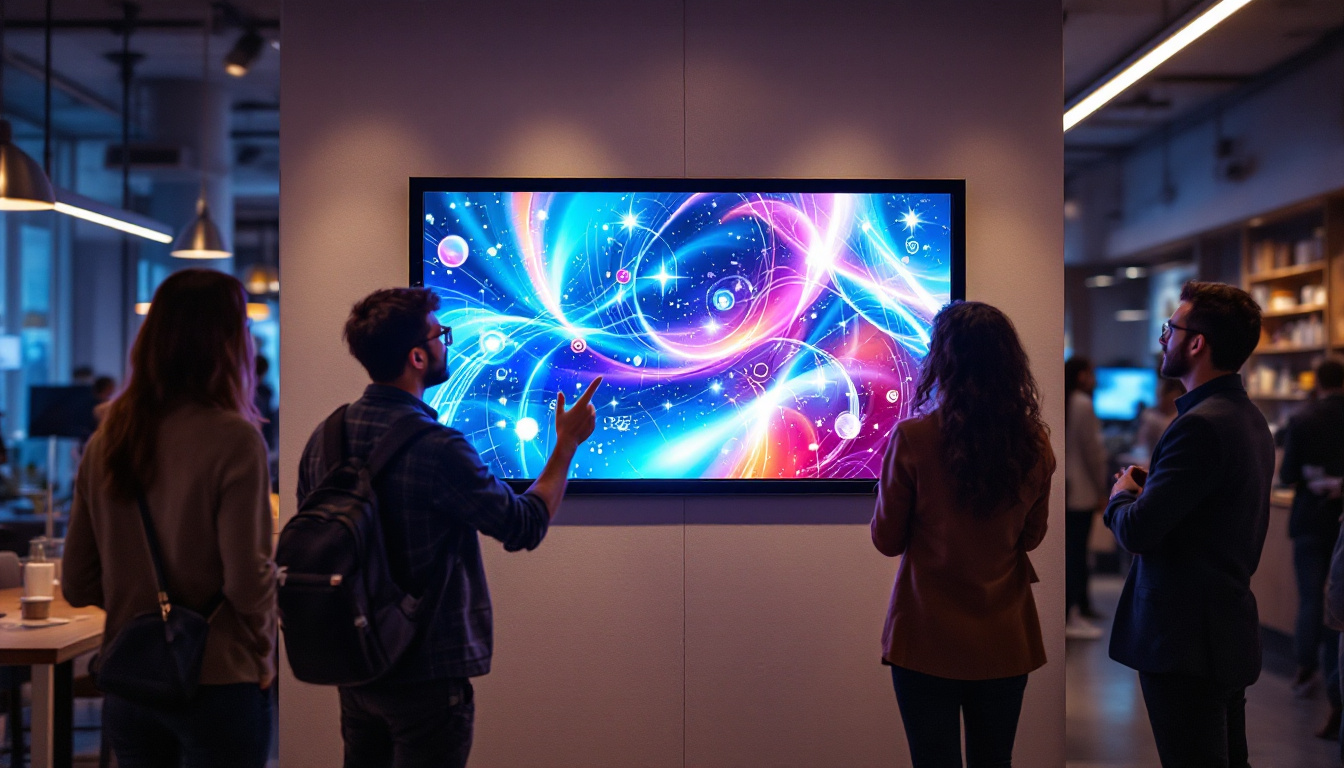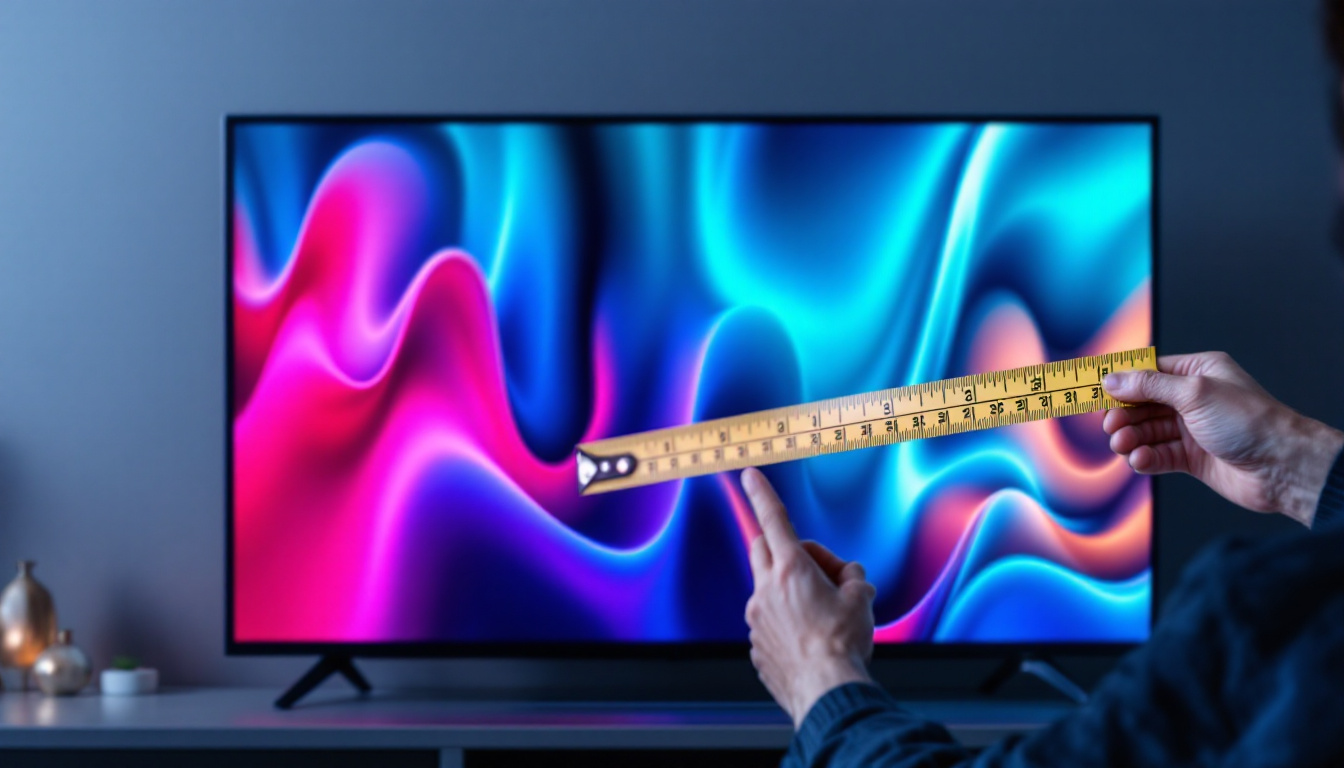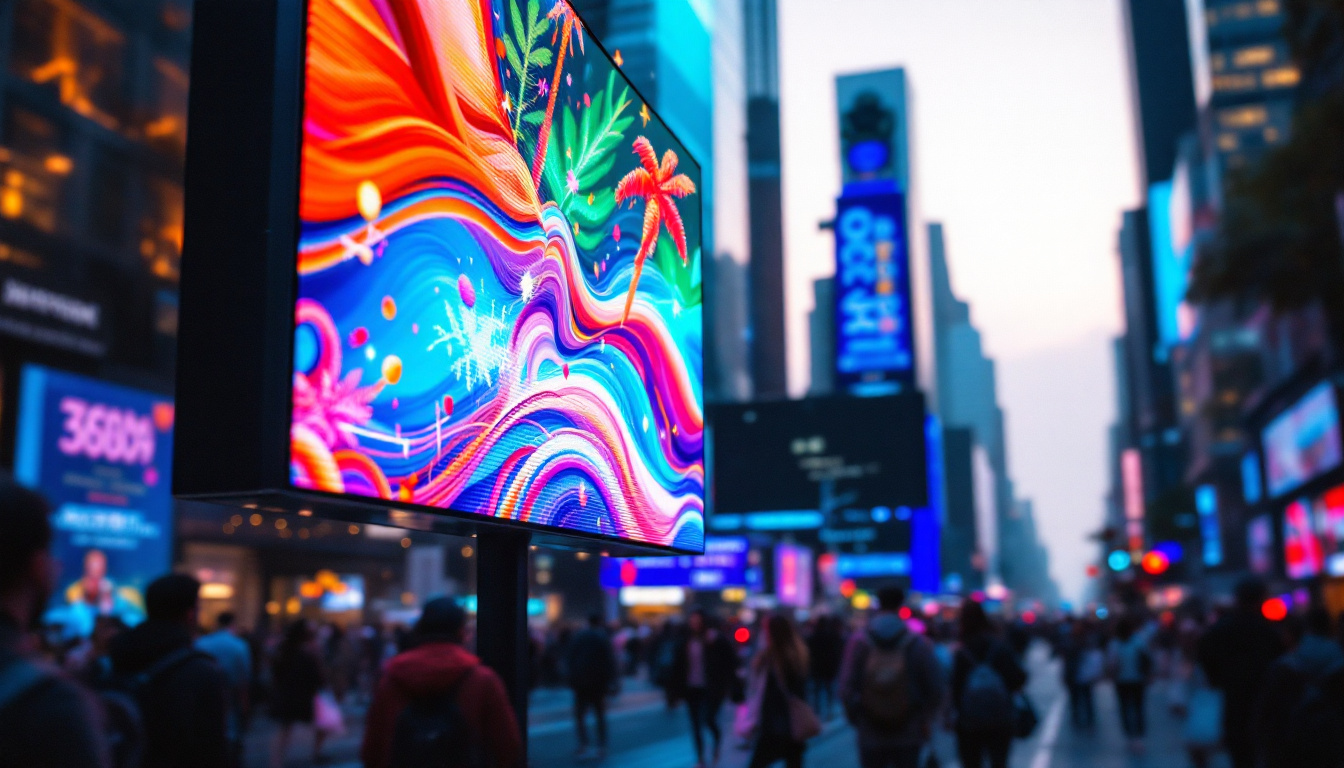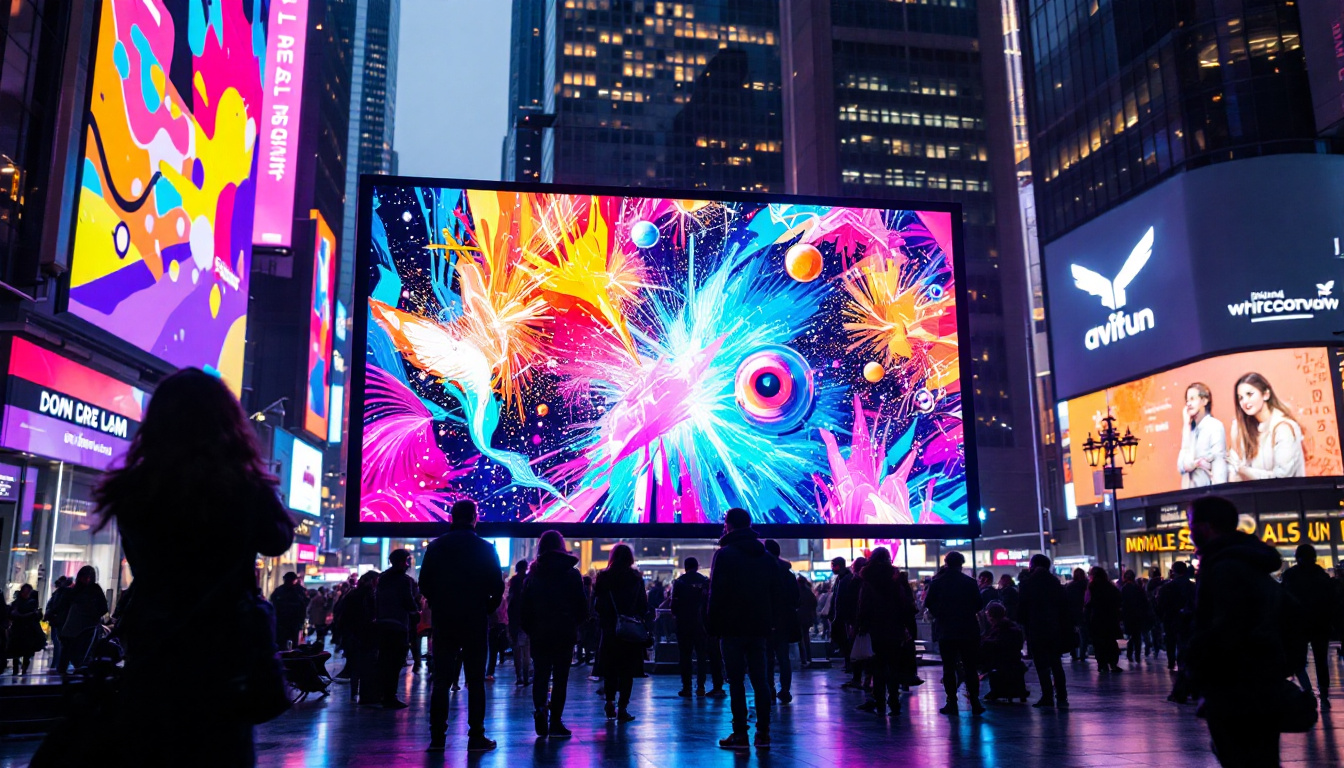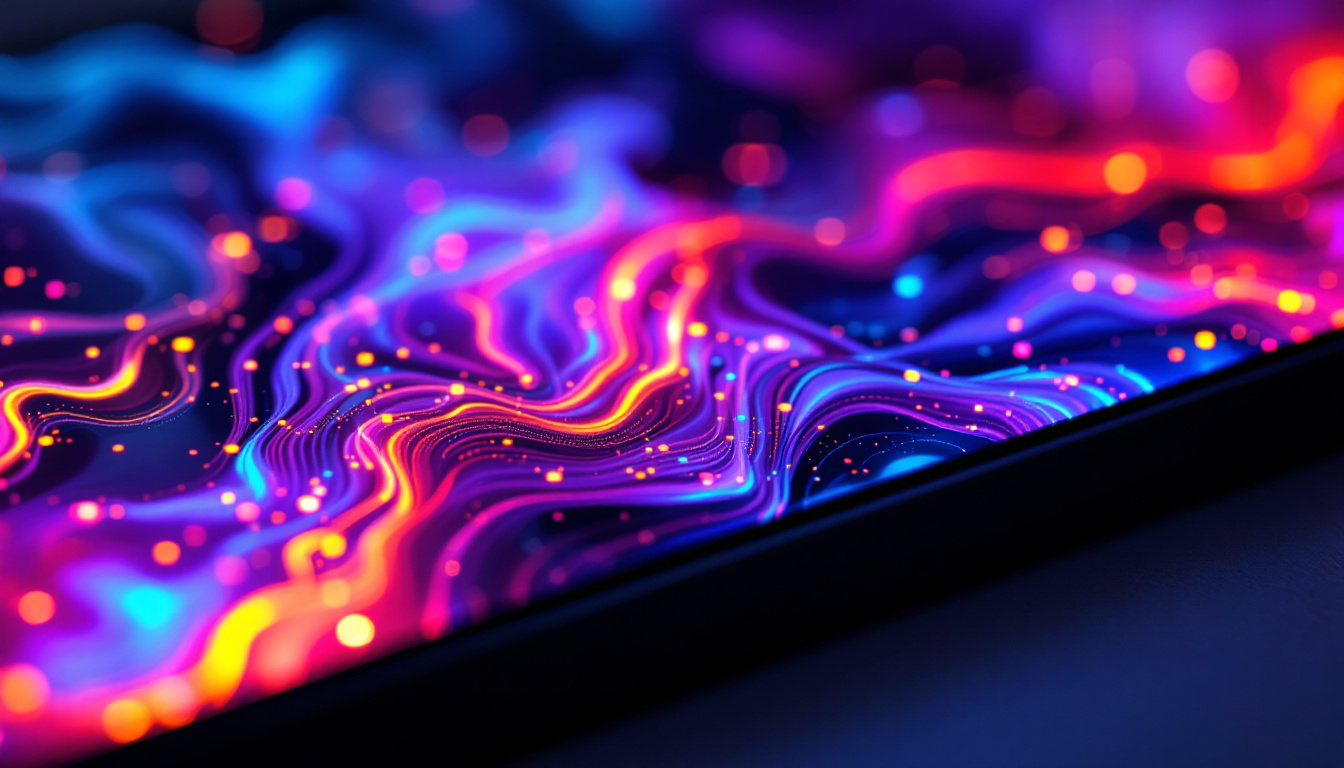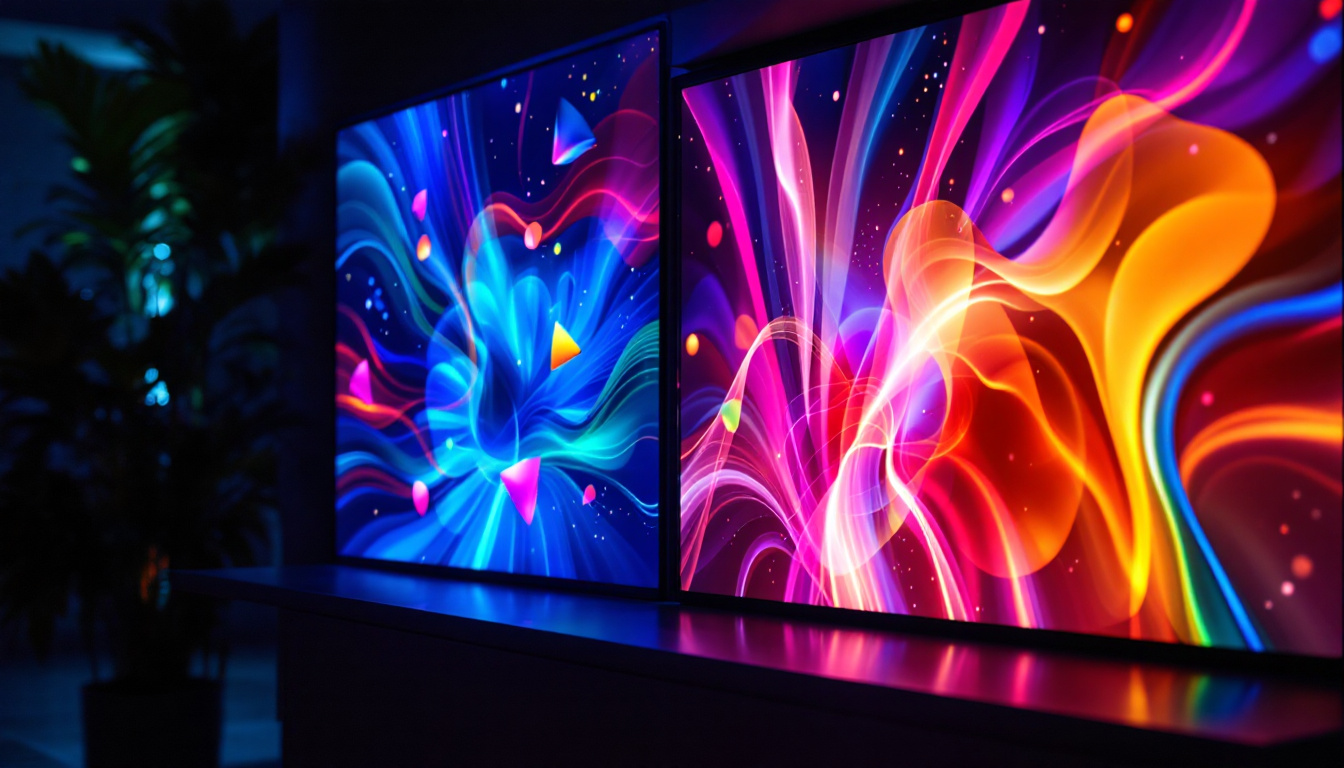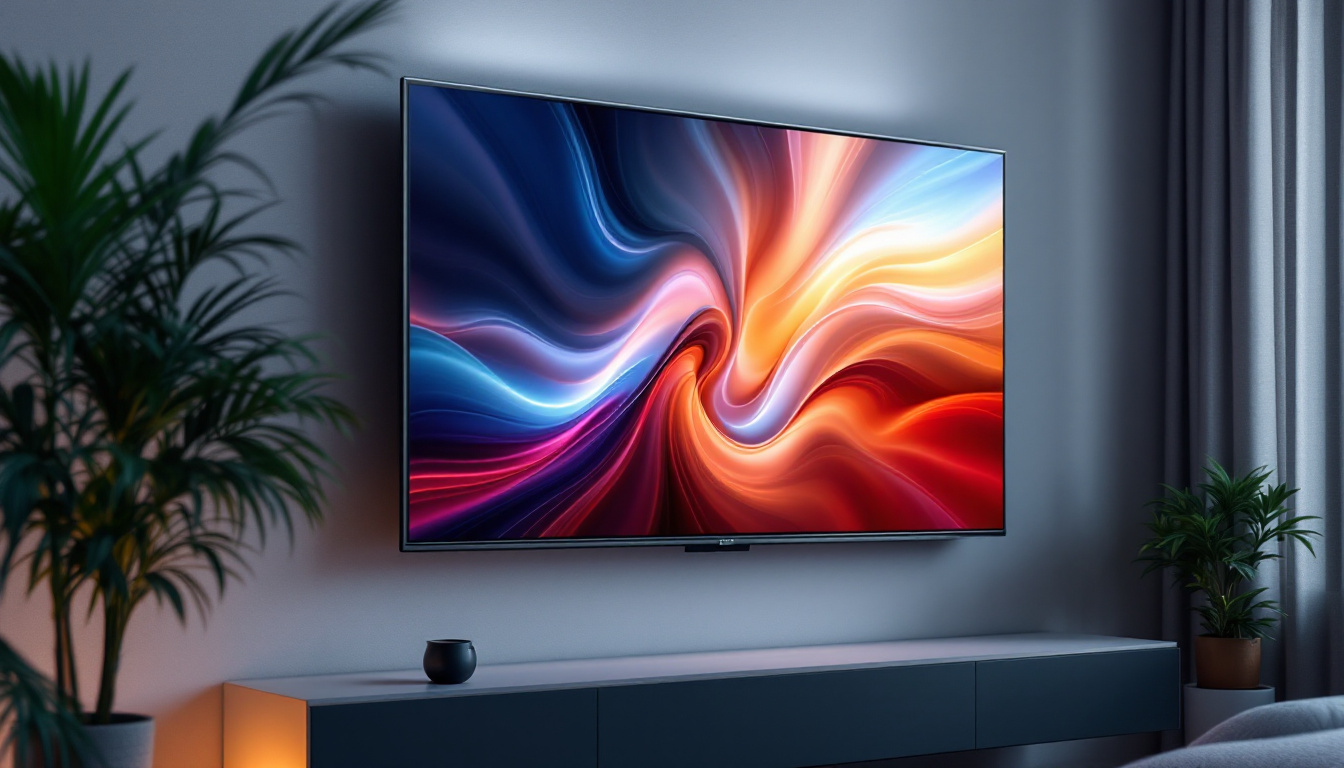In the world of modern technology, LED displays have become ubiquitous, transforming how we consume information and entertainment. Among the various sizes available, the 42-inch LED display stands out for its versatility and practicality. This article delves into the specifics of the 42-inch LED display, its measurement in millimeters, and the technology that powers it.
Understanding LED Displays
Light Emitting Diode (LED) displays are a type of flat panel display technology that utilizes LEDs to produce images. These displays are favored for their brightness, energy efficiency, and slim profile. The technology has evolved significantly over the years, leading to various applications in both consumer electronics and commercial use.
What is an LED Display?
At its core, an LED display consists of an array of tiny light-emitting diodes that illuminate to create images. Unlike traditional LCD screens that rely on backlighting, LED displays use these diodes to generate light directly, resulting in vibrant colors and high contrast ratios. This technology allows for thinner screens and improved energy efficiency. The ability to control individual pixels also enables dynamic content, making LED displays ideal for environments where visual impact is critical, such as in advertising and entertainment venues.
Types of LED Displays
There are primarily two types of LED displays: direct-lit and edge-lit. Direct-lit displays have LEDs positioned behind the screen, providing uniform brightness across the entire surface. Edge-lit displays, on the other hand, have LEDs placed along the edges of the screen, which can result in thinner designs but may lead to uneven brightness in some cases. This distinction is crucial for consumers looking for specific performance characteristics in their displays, particularly in terms of viewing angles and color consistency.
Additionally, there are variations such as OLED (Organic LED) displays, which offer even better color accuracy and contrast but tend to be more expensive. OLED technology utilizes organic compounds that emit light when an electric current is applied, allowing for deeper blacks and a wider color gamut. Each type has its advantages and is suited for different applications, from televisions to digital signage. Furthermore, advancements in LED technology have led to the development of MicroLED displays, which promise even greater efficiency and resolution by using microscopic LEDs to create images, potentially revolutionizing the display market in the near future.
The 42-Inch Size: A Popular Choice
The 42-inch LED display is a popular choice for both personal and professional use. Its size strikes a balance between being large enough for an immersive viewing experience while still fitting comfortably in various spaces, such as living rooms, offices, and conference rooms.
Dimensions in Millimeters
When discussing the size of a display, it is essential to understand the dimensions in millimeters. A 42-inch display typically measures approximately 1066.8 mm diagonally. The width and height can vary slightly depending on the model, but generally, a 42-inch display will have dimensions around 930 mm in width and 520 mm in height.
These measurements make it an ideal choice for various settings, allowing for easy mounting on walls or placement on stands without overwhelming the space. Additionally, many modern 42-inch displays come with slim bezels, which further enhances the viewing area while maintaining a sleek profile. This design not only contributes to the aesthetic appeal but also maximizes the screen real estate, making it perfect for multitasking or displaying multiple content sources simultaneously.
Viewing Distance and Experience
The viewing distance is another critical factor to consider when selecting a display size. For a 42-inch screen, the recommended viewing distance is typically between 5 to 10 feet. This distance ensures that viewers can appreciate the detail and clarity of the images without straining their eyes.
In environments like home theaters or conference rooms, this size allows for a comfortable viewing experience, making it suitable for watching movies, playing video games, or delivering presentations. Furthermore, many 42-inch displays now come equipped with advanced technologies such as 4K resolution and HDR support, which significantly enhance the visual experience. These features provide richer colors, deeper contrasts, and sharper images, making them ideal for enjoying cinematic content or engaging in high-stakes gaming. As a result, the 42-inch display has become a versatile option that caters to a wide range of entertainment and professional needs, appealing to tech enthusiasts and casual users alike.
Key Features of 42-Inch LED Displays
When evaluating a 42-inch LED display, several features can enhance the overall experience. Understanding these features can help consumers make informed decisions based on their specific needs.
Resolution and Picture Quality
Resolution is a crucial factor that determines the clarity and detail of the images displayed. Most 42-inch LED displays come with Full HD (1920 x 1080 pixels) resolution, providing sharp and vibrant images. Some newer models even offer 4K Ultra HD (3840 x 2160 pixels), which delivers four times the resolution of Full HD, resulting in even crisper visuals.
Higher resolution displays are particularly beneficial for watching high-definition content, as they enhance the viewing experience by providing finer details and more accurate colors. This is especially noticeable in fast-paced action scenes or intricate graphics found in video games and movies, where every pixel counts. The superior picture quality not only makes for a more immersive experience but can also reduce eye strain during long viewing sessions, making it a crucial feature for avid viewers.
Connectivity Options
Modern 42-inch LED displays come equipped with various connectivity options, making it easy to connect multiple devices. Common ports include HDMI, USB, and VGA, allowing users to connect laptops, gaming consoles, and streaming devices effortlessly.
Additionally, many models now feature wireless connectivity options, such as Wi-Fi and Bluetooth, enabling users to stream content directly from their smartphones or tablets without the need for physical cables. This wireless capability opens up a world of convenience, allowing for seamless sharing of photos, videos, and music directly to the big screen. Furthermore, some displays support screen mirroring technology, which lets users project their mobile device screens onto the TV, enhancing the versatility of the display for presentations, gaming, or simply enjoying content in a larger format.
Applications of 42-Inch LED Displays
The versatility of 42-inch LED displays makes them suitable for a wide range of applications. From personal entertainment to professional presentations, these displays can adapt to various environments and needs.
Home Entertainment
In the realm of home entertainment, a 42-inch LED display is an excellent choice for watching movies, playing video games, or streaming content. Its size is perfect for creating a cinematic experience without overwhelming a room.
With the rise of streaming services, having a high-quality display enhances the viewing experience, allowing users to enjoy their favorite shows and movies in stunning detail and vibrant colors.
Commercial Use
In commercial settings, 42-inch LED displays are often used for digital signage, advertising, and presentations. Their bright and clear images make them ideal for capturing the attention of customers in retail environments or conveying information in corporate settings.
Many businesses utilize these displays for interactive kiosks, allowing customers to engage with content directly. This interactivity can enhance customer experiences and drive sales.
Choosing the Right 42-Inch LED Display
When selecting a 42-inch LED display, several factors should be considered to ensure the best choice for specific needs. Understanding these factors can help consumers make informed decisions.
Budget Considerations
Price is often a significant factor when purchasing a display. 42-inch LED displays are available at various price points, depending on the brand, features, and specifications. Setting a budget beforehand can help narrow down options and ensure that consumers find a model that meets their needs without overspending.
It is essential to balance quality and price, as investing in a reliable display can lead to a better viewing experience and longer-lasting performance.
Brand Reputation and Reviews
Researching brands and reading customer reviews can provide valuable insights into the reliability and performance of different models. Established brands often have a track record of producing quality displays, while user reviews can highlight real-world experiences and potential issues.
By considering brand reputation and customer feedback, consumers can make more informed choices and select a display that meets their expectations.
Maintenance and Care for LED Displays
Proper maintenance and care can extend the lifespan of a 42-inch LED display and ensure optimal performance. Understanding how to care for the display is essential for any user.
Cleaning the Screen
Keeping the screen clean is vital for maintaining picture quality. Dust and fingerprints can accumulate on the surface, affecting visibility. To clean the screen, it is recommended to use a microfiber cloth and a gentle cleaning solution specifically designed for electronics.
Users should avoid using harsh chemicals or abrasive materials, as these can damage the screen. Regular cleaning can help maintain clarity and enhance the viewing experience.
Optimal Settings for Performance
Adjusting the display settings can significantly impact performance. Users should take the time to calibrate brightness, contrast, and color settings to suit their environment and preferences. Many displays come with preset modes for different activities, such as gaming or movie watching, which can enhance the experience further.
Additionally, ensuring that the display is updated with the latest firmware can improve performance and introduce new features, enhancing overall usability.
Conclusion
The 42-inch LED display represents a perfect blend of size, technology, and versatility, making it an ideal choice for various applications. Whether for home entertainment or commercial use, understanding the features, specifications, and care of these displays can enhance the overall experience.
As technology continues to evolve, the capabilities of LED displays will only improve, offering consumers even more options and better performance. By staying informed about the latest advancements, users can make the most of their 42-inch LED displays, enjoying vibrant visuals and engaging content for years to come.
Explore Cutting-Edge LED Displays with LumenMatrix
Ready to elevate your visual experience with the latest in LED technology? Look no further than LumenMatrix, a pioneer in crafting LED display modules that bring your content to life. Whether you’re in need of an Indoor LED Wall Display for a corporate event, an Outdoor LED Wall Display for high-impact advertising, or any of our specialized solutions like Vehicle LED Displays, LED Posters, or Custom LED Displays, LumenMatrix has you covered. Embrace the future of visual communication and check out LumenMatrix LED Display Solutions today to see how we can transform your space with vibrant, engaging, and dynamic visuals.

